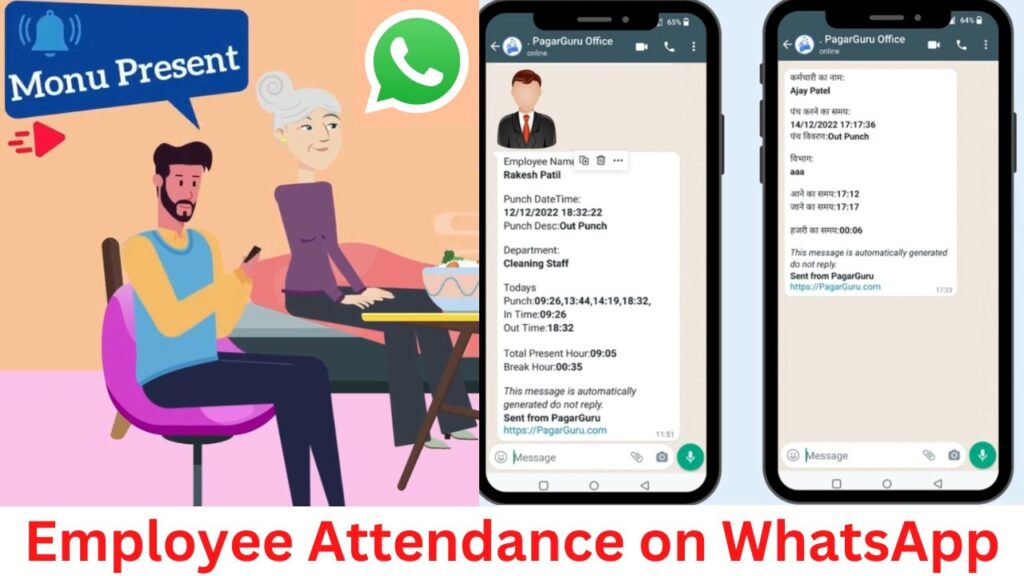In today’s digital era, libraries are no longer just about books and shelves. They have evolved into smart, automated learning hubs that provide seamless access to physical and digital resources. Library Automation ensures efficient management of library resources, enhances accessibility, and integrates with national and global knowledge networks like INFLIBNET and e-Library portals.
What is Library Automation?
Library Automation refers to the use of technology to manage library operations such as cataloging, circulation, stock management, user access, and digital resources. A well-automated library enhances efficiency, reduces manual efforts, and improves user experience.
Key Components of a Fully Automated Library
1. Library Management Software (LMS)
A dedicated Library Management System like BookBolt (OEM library automation software) can help in:
✔ Cataloging: Digital records of books, journals, and research materials.
✔ Barcode/RFID-Based Circulation: Issuing and returning books efficiently.
✔ Membership Management: Student and faculty access control.
✔ Stock Verification & Reporting: Real-time tracking of books.
2. e-Library (Digital Library)
An e-Library enables access to:
✔ e-Books, Journals & Research Papers
✔ Multimedia Content (Audio/Video Lectures)
✔ Remote Access to Study Materials
✔ Subscription-based Databases & Open-Access Journals
3. INFLIBNET Integration
INFLIBNET (Information and Library Network) is an initiative by the UGC to facilitate access to academic resources, including:
✔ N-LIST (National Library & Information Services) – Access to e-books and e-journals for colleges.
✔ Shodhganga – A digital repository of research theses.
✔ ShodhShuddhi (Plagiarism Detection Software)
✔ e-ShodhSindhu – Access to major international research publications.
4. RFID & Smart Library Cards
✔ Automated Book Issue & Return
✔ Anti-Theft System
✔ Self-Service Kiosks for Borrowing & Returning Books
5. Cloud-Based Hosting & Remote Access
Cloud-based library automation software enables:
✔ Anywhere, Anytime Access
✔ Automated Backups & Security
✔ Integration with College ERP Systems
Benefits of Library Automation
✅ Improved Efficiency: No manual record-keeping, reducing errors.
✅ Better Accessibility: Students & faculty can access books and e-resources remotely.
✅ Time-Saving: Automated circulation and digital catalogs improve searchability.
✅ Data Security & Backup: Digital records prevent data loss and misplacement of books.
✅ Integration with Learning Management Systems (LMS): Seamless connection with college ERP.
Frequently Asked Questions (FAQs)
Q1: What is the cost of implementing a fully automated library?
The cost depends on factors like software, hardware (RFID, barcode scanners), cloud storage, and INFLIBNET subscriptions. Institutions can opt for customized packages based on their needs.
Q2: How can a college subscribe to INFLIBNET services like N-LIST?
Colleges can register on the INFLIBNET website and pay the subscription fee for access to N-LIST resources.
Q3: Can students access the library remotely?
Yes! With a cloud-based Library Management System (LMS), students can log in and access digital resources from anywhere.
Q4: How does RFID technology help in a library?
RFID enables self-check-in/check-out, automated stock verification, and theft prevention, improving efficiency.
Q5: Can a library automation system integrate with existing college ERP?
Yes, platforms like BookBolt can be integrated with college ERP solutions for seamless operations.
Q6: Is training required for library staff?
Yes, basic training is needed for library staff and students to efficiently use the new system.
Conclusion
Implementing a complete library automation system in a college ensures efficient library management, better accessibility, and integration with national-level networks like INFLIBNET. Institutions investing in digital libraries and automation are future-proofing their academic infrastructure for generations to come.
🔹 Interested in Library Automation for your institution? Contact Ganak Technology for expert solutions, including BookBolt LMS, RFID integration, and cloud-based hosting!
📩 Visit www.ganak.in for more details.
Let me know if you want any modifications or additions! 😊




